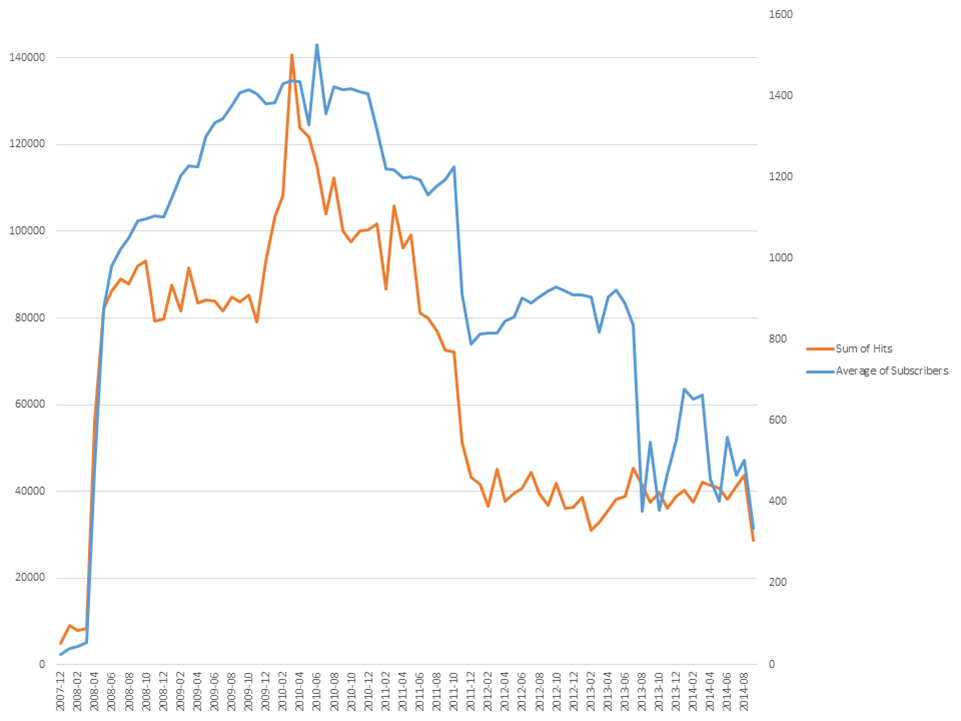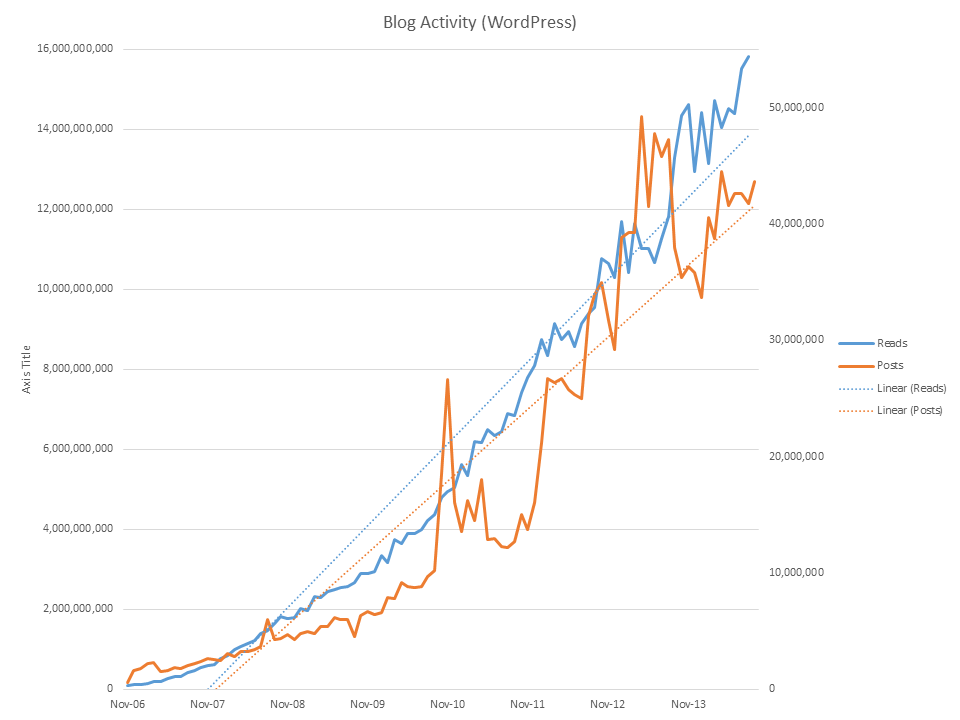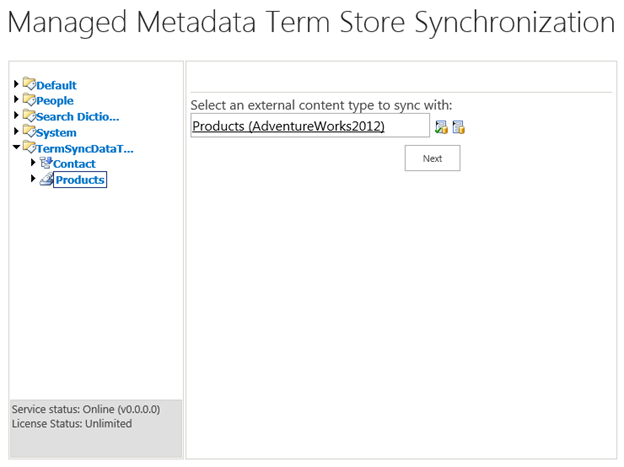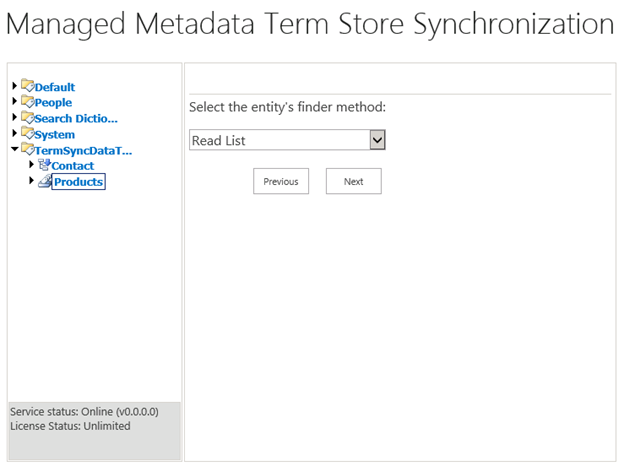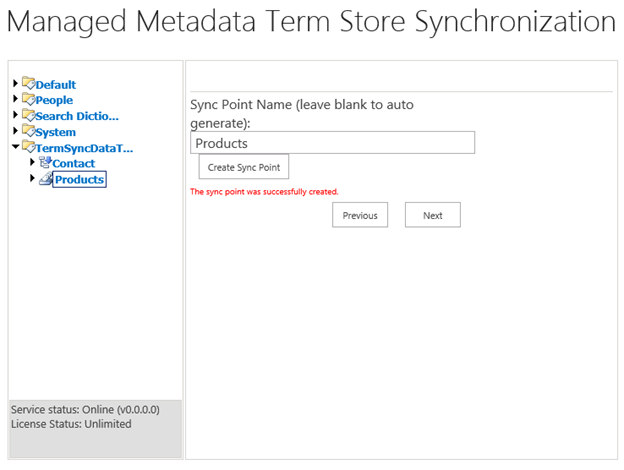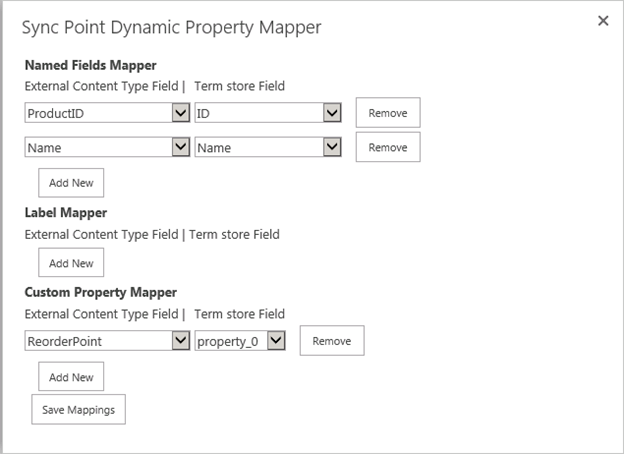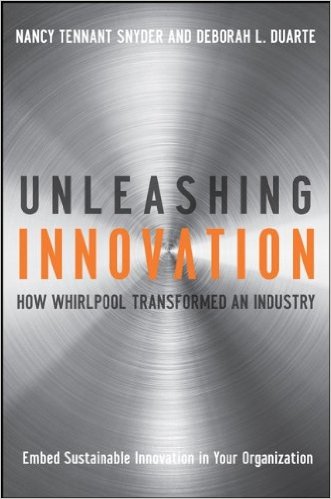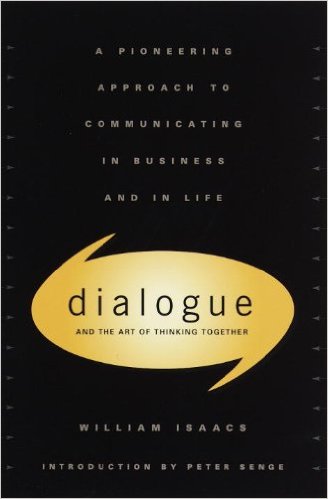This is second in the three part series of blog posts about dialogue spawned by Dialogue. The first part was about Defensive Routines. In this post I’ll talk about the inner game of dialogue, what you and everyone else has to do to allow dialogue to be able to happen. In the final post we’ll do the actual book review and talk about the challenges involved with creating the conditions for dialogue.
One of the things that I came to realize (again) while reading and evaluating Dialogue: The Art of Thinking Together is that much of what happens to us externally is a reflection of the work that we’ve done on ourselves internally. The more time that we spend on learning who we are and healing our wounds the more that success in life will flower around us. (See Changes that Heal for more on healing our wounds.)
Centering and Our Inner Ecology
I’ve been intrigued with various forms of martial arts over the years and I’ve learned that each one has a different centering belief. Karate meets force with force. Judo by contrast seeks to use the attackers force against them by deflecting it. Aikido is a further refinement by attempting to leverage the attacker’s energy – but with the added focus of minimizing harm to the attacker. Aikido is sometimes criticized as a martial art because of the lack of focus on the ability to defend oneself. However, strength comes from Aikido’s focus on philosophy and emotional wellness or centeredness.
Dialogue quotes Richard Moon, an Aikido master, as saying that it’s not that the great masters of aikido don’t lose their center, it’s just that they discover it sooner and recover it faster than novices. Centering in aikido isn’t just about the literal management of the center of balance. It’s also about their philosophy and emotional wellness. In other words, it’s not that they never get angry, frustrated, depressed, or annoyed – it’s that they recognize that they are, sooner and are able to recover their own internal harmony faster.
For me, centeredness is about having a stable core. For me it’s the set of principles and important view about who I am and what my values are. Heroic Leadership talked about how the Jesuits were able to sort out the important from the unimportant. They knew which things were essential to their faith and which things were not. They met adversity by managing their own internal space. They aligned to four key values which formed one way of proceeding (modo de proceder). That’s an internal centering that helped them when they were confronted with challenges that affronted their belief system. They were able to bend without giving up their core beliefs.
I’ve spoken about one aspect of our inner ecology – internal thinking – in my reviews of Making it Happen, Beyond Boundaries, Compelled to Control, and Personality Types. That is the idea of an integrated self-image. We tend to see ourselves in a fragmented existence. We don’t think that we are both sinner and saint. We can’t believe that we are compassionate and that we harm others. Managing the inner ecology of our thought is to manage these discrepancies in who we are and what we think and stay focused on how we think about things on the inside because how we feel often – but not always – leads to how we react externally.
The Disconnect between Saying and Doing
The road to hell is paved with good intentions. Within each of us there is a bit of disconnect between the person we desire to be seen as and the person that we actually are. Sometimes this is due to our desire to be seen by others as something different than we are. (See Anatomy of Peace for the must-be-seen-as box.) Other times it’s a simple disconnect between the way that we think we are and the way we actually behave. For instance, if you see yourself as a generous person and yet you don’t give philanthropically, then perhaps there’s a gap between how you view yourself and who you really are. (See The Fifth Discipline for more on how our espoused beliefs don’t match our actual beliefs.)
These inconsistencies between the ways we behave and the ways that we actually are can exist only when we don’t expose these discrepancies to the light of day. The more that we keep in focus how our behaviors and our actions are different – and that we desire to be a person of integrity – the more the differences between what we say and what we do will disappear. It’s not that the process of making the distinctions disappear is easy. It’s typically a violent process filled with much gnashing of teeth, but once the process of exposing the discrepancy has started it becomes possible to resolve it.
It is the invisible and non-discussable nature of these discrepancies that allows them to continue to hold power over our attempts at dialogue.
Being Vulnerable
Just reading the word vulnerability may make your pulse change slightly. Maybe you take a slightly deeper breath to prepare yourself from the oncoming onslaught. I talked extensively about being vulnerable in my post Trust=>Vulnerability=>Intimacy. The short of vulnerability is that vulnerability is – or at least can be – a choice. You can chose to be vulnerable – or chose to not be vulnerable.
However, at the root of vulnerability is the idea that you do – or don’t feel safe. That is it’s possible to be vulnerable and to be at the same time safe. You control the limits to which you’re willing to be vulnerable. You control the environment.
Have you ever seen a father playing with his small son? His son may be going for all he’s worth to topple the father and the father seems to be effortlessly deflecting the son’s attempts. The father knows that his son can’t hurt him really. He doesn’t struggle to defend himself because he doesn’t need to and he knows it.
In one sense, the father is being vulnerable in that he’s allowing his son to topple him and in another he’s not since he knows his son isn’t capable of it. So too is our vulnerability. If he’s opening himself up to be harmed slightly as a way of connecting with and enriching his relationship with his son – that’s great. If he’s instead remaining truly invulnerable to teach his son a lesson about vulnerability that is different.
We can claim to be open and vulnerable to others in a conversation knowing that our mind is made up. We’re not going to actually be vulnerable in our thinking because we know that we’re right.
Having a discussion with someone doesn’t expose you. If you’re not really considering that their perspective may be better than yours or that they may have new insight on your situation you don’t need to be troubled by the possibility. Dialogue is about learning something new and learning is an inherently vulnerable process – and one that you may have to consciously choose.
Always Right
How can you accept another person’s point of view if you are never open to being wrong? For some people being wrong is an unacceptable vulnerability. They aren’t capable of being wrong because they’re a perfectionist. The problem with perfectionism is that perfectionists can’t learn. You can’t be right and learn something at the same time.
More troubling is that if you’re always right there’s no need to learn from someone else. You don’t believe there is anything to learn from them so you don’t even try. Because of this the need to always be right, to be a perfectionist, blocks the ability to have dialogue. Barry Schwartz in The Paradox of Choice talks about how satisficers are happier than maximizers (essentially perfectionists.) If the price of always being right is that you’re less happy – perhaps it’s too high a price to pay.
Failure is Always an Option
Brené Brown has a key question “What’s worth doing even if you fail?” in her book Daring Greatly. It’s so key because failure is always an option when it comes to trying to create a dialogue. Even a single person who is in a bad mood can derail a valiant attempt at creating a meaningful dialogue. However, the results of creating a successful dialogue are well worth many failed attempts. In that sense, attempting to create a dialogue is something to attempt even if you are going to fail.
Situational Safety
Most of us feel safe at home. Most of us are quite comfortable in our homes and yet statistically speaking most accidents happen in the home. So why is it that we feel safest in the place that is where we have the most accidents? Part of that answer is simply familiarity. There’s nothing new or novel in the environment to get our amygdala excited. Part of it is that we’ve created an environment that matches our tastes. It is that comfortable old shoe that is well worn.
We believe that our feelings are based on whatever is happening in the moment, but as one friend of mine described it, it’s like the difference between water and syrup moving in glass. Our intellectual capacity can recover quickly from a trigger but our emotions react much more slowly. They’re like the syrup in the glass.
However, there’s more to it than this. The other thing about syrup is that it tends to cling to the walls of the glass. The way that we react is driven by context and environment than we would like to admit as Malcolm Gladwell points out in his book Blink. Kirk Lewin says that behavior is a function of both person and the environment. That is to say that environment matters as much as the person does.
If being safe is essential to allowing yourself to become vulnerable then creating a dialogue is about creating the conditions that lead someone to feel safe. That can be the environment in terms of the room, the furniture, etc. It can equally be the ground rules about how the information from the dialogue will be used. A dialogue can’t be literally created as you can create a piece of technology. It has to be given the right conditions to emerge like a plant emerging from a seed.
Ghost in Your Heart
The amygdala is a crazy part of your brain. It is able to make judgments so quickly. It helps that it’s got a direct path to sensory organs but more than that it just is designed to make snap judgments. Unfortunately, it sometimes makes them incorrectly. Even more unfortunately it’s sometimes very hard to change the response. As a result the amygdala may trigger a response that isn’t necessary or appropriate. Take, for instance, those who suffer from Coulrophobia – fear of clowns. Unless you’ve been harmed by a clown or you’ve watched something like Killer Klowns from Outer Space there may be little basis in fact for a fear of clowns but that won’t stop you from being afraid.
Sometimes those impressions are created not just by objects but by people and places as well. For instance, you may feel unexplainably bad in a particular conference room next to the HR department. You can’t put your finger on it but you just never seem to like meetings in that room. That is until someone points out that the room is well known to be the conference room that HR uses during layoffs to communicate to those who are being let go.
So our reactions to people or places can be very strong – or they can be a very subtle feeling that is hard to shake. These subtle feelings are like ghosts. You can’t quite put your finger on them but you know that they’re influencing how you’re thinking and behaving. When you’re trying to create the conditions for a dialogue there are sometimes unseen factors that are based on old experiences which may have nothing to do with the current reality but which make it difficult to be successful.
The crazy trick to help locate and remove ghosts is to “lean into them.” That is when you are able to sense the discomfort, you try to get closer to it. You make it easier to detect by making it larger – even if that means making it more uncomfortable. If you feel weird working in the office after others have gone home, make a point of doing it from time-to-time. If you don’t like a meeting room, schedule only the meetings that you know you’re going to like in it. Don’t avoid the room until you can’t avoid it.
What Vision is
I’ve never met a vision I really liked. Visions are always to fluffy, too flowery, and too hard to put my hands on. Visions seem like a ghost from an old movie where you could put your hand through them and touch nothing. Visions are necessarily aspirational and necessarily flexible – and often insufficient to really arrive there. They’re like chasing for gold at the end of the rainbow. The end of the rainbow moves as you get closer.
Despite this, visions are valuable and powerful – they’re essential to aligning large groups of people to work in a common direction. The more aligned people are towards a common mission or goal the more powerful they become in aggregate. One of the biggest problems with gathering up power – whether in mechanics or in organizations – is how to realize all the power and how to keep it from being swallowed up by inefficiencies. While it’s obvious that people who are going in completely opposite directions cancel each other’s work out, it’s less obvious that the amount of power lost by even slight misalignment can be important.
In presentations, I frequently talk about lanterns, lighthouses, and lasers. A lantern output lights in all directions and as a result the light is visible for a relatively short distance. Lighthouses focus light into a narrow beam across the horizon and as a result can be seen for a much longer distance. Lasers are even more tightly focused into a beam and can be seen for much longer – and can even be reflected off the moon with some further refinement. What is possible by simply applying focus is unbelievable to most people.
A compelling vision, even if not very concrete, can get people to line up the same way that photons line up in a laser beam and can make it possible for a group – or an organization – to become very powerful. The idea of developing a vision is scattered across management books. Jim Collins in Good to Great talks about the Hedgehog concept. Patrick Lencioni in The Advantage talks about creating and reinforcing clarity. Peter Sheahan in Making It Happen talks about focusing on one thing. Focus – which is what the vision does – is an essential element called out in hundreds of books from new and old business scholars. A vision focuses everyone around the same goal and provides value in that.
Collaboration is the Creation Engine for Knowledge Management
How is knowledge created? Is knowledge created by some stuffy professor in an overstuffed office as he leans back in his chair puffs smoke rings out of his pipe and lifts his pen to paper? Knowledge (as I’ve mentioned in my review of The New Edge in Knowledge and in Lost Knowledge) is more than what we can write down. There’s the tacit aspect to knowledge. When we seek to make knowledge explicit – and therefore easier to transfer – we’re necessarily removing the context from it and minimizing the richness that can be conveyed.
All of the knowledge that we create comes either from a lone researcher conquering some brave new world or in a group of dedicated people redefining the boundaries of the known world. Christopher Columbus didn’t find the new world on his own. Edison didn’t invent the electric light bulb on his own. Very few human endeavors have ever been accomplished by a single individual working in a vacuum. Nearly every advancement came from the collaboration of multiple people who wanted to work together for some common good.
Marcia Bates says that we’re gathering what we know in an undirected and unmotivated way. As serendipity says, knowledge just happens. However, there is a way to increase the chance that accidents will happen. That is the more people collaborate with one another the more likely they are to create new knowledge and share the knowledge that they do have – leaving everyone more knowledgeable than when they started.
If your organization is struggling with how to create knowledge – and drive innovation – it could be that the core problem isn’t the lack of a knowledge management or innovation system. It could be that the core problem is the lack of emphasis on creating a collaborative culture where everyone feels safe enough to dialogue about issues – and be vulnerable enough to learn something new.
The Music of Dialogue
Dialogue is built on a set of conditions that enable it to happen much like the framework on which music is based. All music is based on a set of frequencies – called notes – and durations of those frequencies. From a relatively small number of rules about what music is, we’re able to create a wide variety of instruments and similarly a wide variety of kinds of music. While classical and punk rock have a lot of differences they also have a lot of similarities. They’re both using instruments to create notes.
Dialogue involves a multitude of voices all trying to communicate with one another. In a choir there are times when a single voice – or a section of the choir – will stand out on top of the other voices. This is much like a dialogue where one voice will be more present than others for a time then fade back into the background as other voices carry the tune. There’s also a harmony to music where not every instruments is playing the same note or very voice singing the same note.
By playing together they make something more than any one person could make on their own. In the harmony there’s something special. Just as Jazz musicians can improvise inside of the framework of the music they know so too the framework of dialogue creates the opportunity for great music through a relatively small framework of rules and guidelines.
Chaordic- Order in the Chaos
If you were to look at a school of fish in the ocean you might conclude that there is no order. You might conclude that the school has no inherent organization because it looks like it’s simply a random arrangement of fish. However, if you confront the school of fish with a threat, what emerges is an apparent order inside the chaos. The fish aren’t swimming randomly, they’re swimming together making the same turns together, dodging the same threats together.
So too is a dialogue. Everyone is working together but is still their own entity. They follow the twists and turns of the conversation together while maintaining their independent thoughts. There is still structure in the dialogue and rules of engagement for prevent others from being hurt, but those structural rules don’t force everyone to line up on what would be considered a neat line. It only requires that people work together.
What appears as chaos based on a loose set of rules really has in it a natural order of how people work together which is both inexpressible and beautiful.
Decoding Dialogue
The strange thing about dialogue is that it’s about the ability for multiple people coming together to create something new and better than possible individually, but it is also simultaneously about knowing yourself and eliminating the barriers that are within you.

